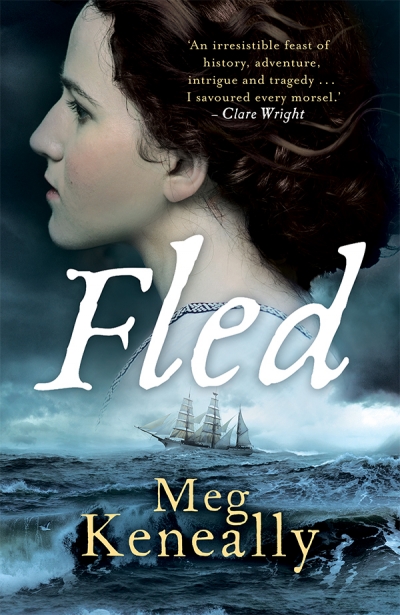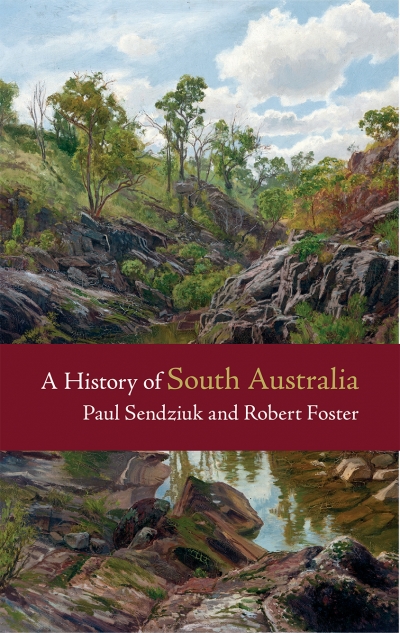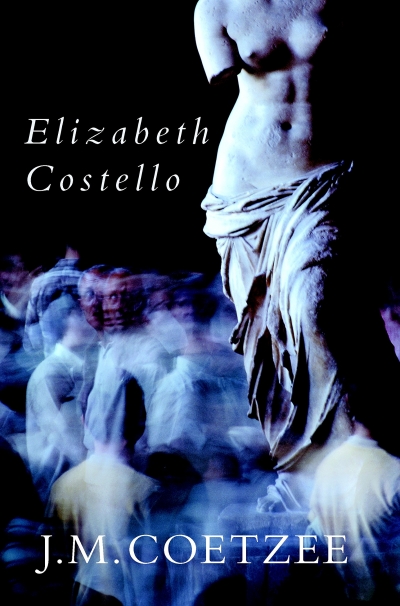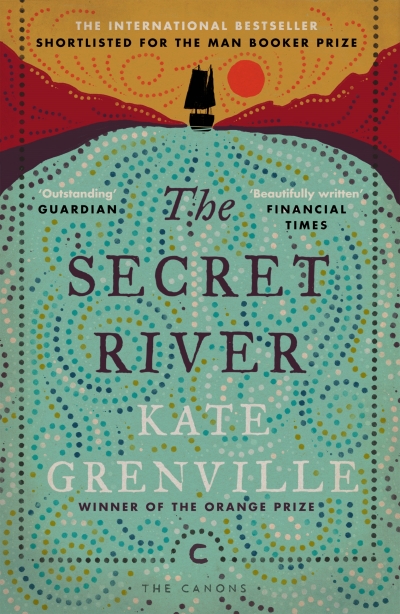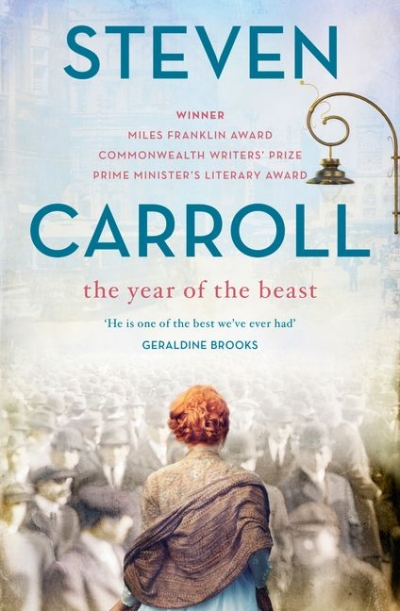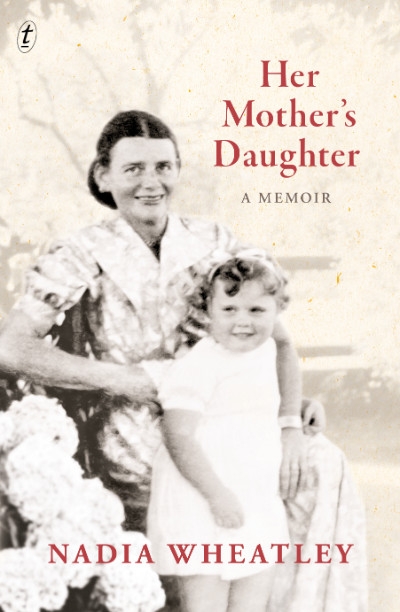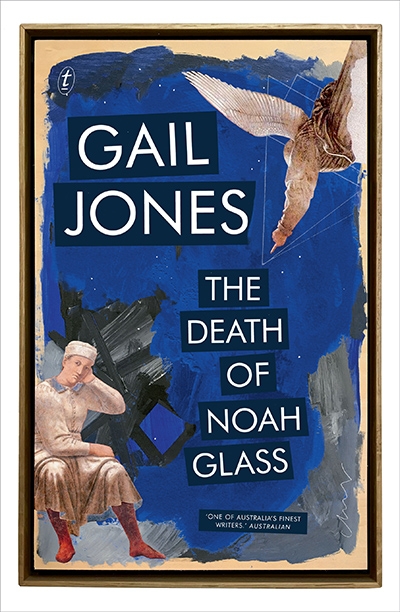Kerryn Goldsworthy

Kerryn Goldsworthy won the 2013 Pascall Prize for cultural criticism, and the 2017 Horne Prize for her essay ‘The Limit of the World’. A former Editor of ABR (1986–87), she is one of Australia’s most prolific and respected literary critics. Her publications include several anthologies, a critical study of Helen Garner, and her book Adelaide, which was shortlisted for a Victorian Premier’s Literary Award. In November 2012 she was named as the inaugural ABR Ian Potter Foundation Fellow. Her Fellowship article on reviewing, ‘Everyone’s a Critic’, appeared in the May 2013 issue of ABR.
If you can say immediately what you think a novel is ‘about’, then the chances are that it may not be a very good novel. Fiction as a genre gives writers and readers imaginative room to move, to work on a vertical axis of layers of meaning as well as along the horizontal forward movement of narrative development.
But when hesitating over the question ‘what is this novel about?’, one good ... (read more)
In 1961 the great Australian poet Judith Wright published an influential essay called ‘The Upside-down Hut’ that would puzzle contemporary readers. The basis of its argument was that Australia felt shame about its convict origins, and that we needed to move on. And we have: since 1961 the representation of the convict era in fiction and on screen has undergone a shift. Having convict ancestry ... (read more)
The first volume in this series, Beverley Kingston’s A History of New South Wales, was published in 2006. Since then another five have appeared, including a book on Tasmania by Henry Reynolds and another on Victoria by Geoffrey Blainey. Cambridge University Press may be proceeding with its ‘History of Australian States’ series at a leisurely pace, but it has secured some leading lights among ... (read more)
Something like a double helix of dialectical thinking winds its graceful way through these ‘eight lessons’. Ideas and theories about the nature of human (and other) life and how to live it, about the workings and the relative merits of logic, reason, belief, and faith, are sketched, rehearsed, debated, and set in opposition to each other throughout these eight episodes in the life of J.M. Coet ... (read more)
Kate Grenville is a brave woman. For some years now, the representation of Aboriginal people by white writers has been hedged about by a thicket of postcolonial anxieties, profoundly problematic and important but too often manifested as hostile, holier-than-thou critique, indulging, at its most inept, in wilfully skewed readings of the fiction in order to fit the thesis. As if that were not e ... (read more)
In his 2017 essay ‘Notes for a Novel’, illuminatingly added as a kind of afterword at the end of this book, Steven Carroll recalls a dream that he had twenty years ago. It was this dream, he says, that grew into a series of novels centred on the Melbourne suburb of Glenroy, a series of which this novel is the sixth and last. It was
a vivid dream about my old street in Glenroy where I grew u ... (read more)
When John Norman Wheatley met Nina Watkin in Germany in 1946, he would have regarded her as a lesser being on all fronts: woman to his man, forty to his forty-eight, Australian to his English, nurse to his doctor. They met as fellow employees of the United Nations Relief and Rehabilitation Administration (UNRRA), working with wartime refugees from an assortment of European countries. In this heart ... (read more)
This is issue no. 250, and the twenty-fifth consecutive year, of Australian Book Review. Issue No. 1 appeared in 1978, edited by John McLaren and published by the National Book Council. Since then the journal has survived and thrived, through changes of editor (though not very often) and of editorial policy (though not very much); through changes of appearance, ownership, sponsorship and affiliati ... (read more)
Noah Glass is dead, his fully clothed body discovered floating face down in the swimming pool of his Sydney apartment block, early one morning. Born in Perth in 1946, father of two adult children, widower, Christian, art historian, and specialist in the painting of fifteenth-century artist Piero della Francesca, Noah has just returned from a trip to Palermo. There he celebrated his sixty-seventh b ... (read more)



